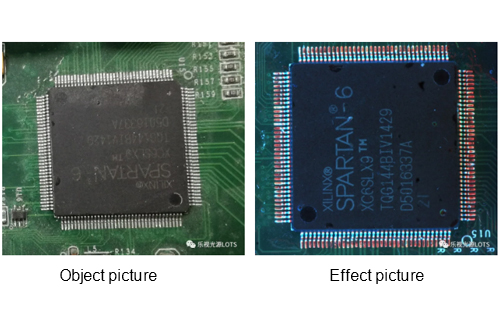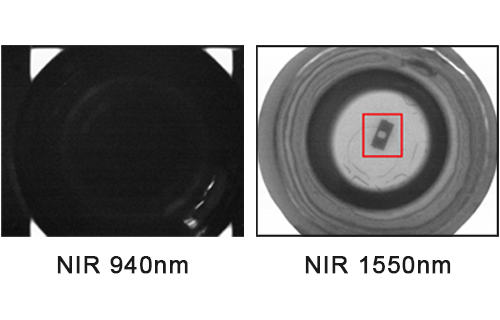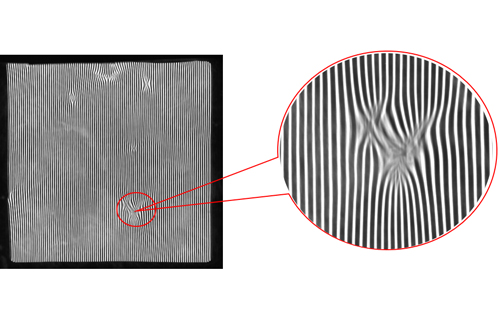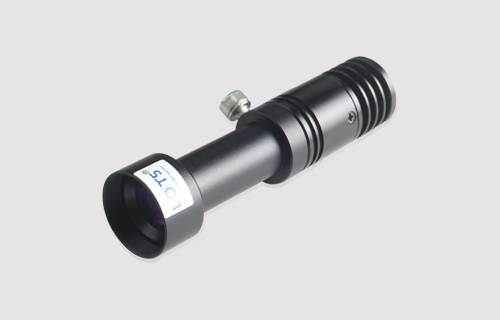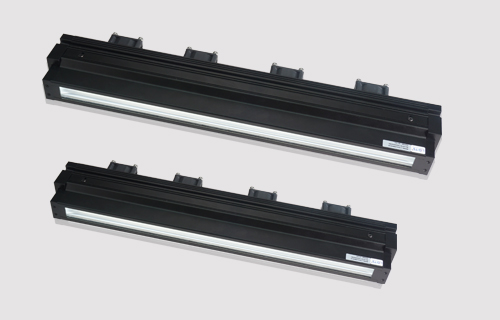·Field of view: the part of an object that can be seen on the display
·Resolution: the distance between two points on an object that can be resolved at the minimum
·Depth of field: the difference between the closest and farthest distances at which the imaging system can maintain clear focus
·Working distance: the distance from the vertex of the last lens of the lens to the observed object when observing an object
·Distortion: the optical error caused by the lens, which makes the magnification of each point on the image plane different, resulting in deformation
·Parallax: caused by traditional lenses, the change of each point on the object outside the best focus point, telecentric lenses can solve this problem.
·Image sensor size: the effective working area of the image sensor (usually CCD or CMOS), generally refers to the horizontal size. For the desired field of view, this parameter is very important for determining the pre-magnification (Pmag). The length-to-width ratio of most image sensors is 4:3.
·Pre-magnification: refers to the ratio of the field of view to the image sensor size, which is completed by the lens
·System magnification: refers to the ratio of the image on the display to the actual object size, that is, the magnification of the entire system. It can also be written as the product of the pre-magnification and the electronic magnification, which is the ratio of the display size to the image sensor size.
Resolution: The resolution represents the ability to distinguish details on an object. The following figure simply illustrates the imaging of two square areas on an object onto a CMOS/CCD camera. It can be seen that because the distance between pixels on the image sensor is fixed, if you want to distinguish two very close points on an object, they must be separated by a certain distance.
The following are terms related to resolution:
·Lines per millimeter (lp/mm): A line pair refers to a red area and a blank area. Resolution is expressed by the number of lines per millimeter, so resolution is often regarded as spatial frequency. The reciprocal of this frequency refers to the distance between two points on the smallest resolvable object, expressed in millimeters. This parameter can be used to characterize the resolution of a lens or camera.
·Number of pixels: The resolution of a digital camera can also be expressed by the number of pixels of the image sensor. As shown in the figure, a line pair corresponds to two pixels. In other words, if two red areas are to be separated, one pixel must contribute to the red area and one pixel to the blank between the red areas.
·TV lines: In analog CCD cameras, it is expressed by the number of black and white lines that can be distinguished after imaging. This value has no unit and cannot be confused with lines per millimeter.
·C/CS interface: This is the thread standard commonly used by CCD and CMOS cameras in the industry. The thread specification is 32tpi, that is, 32 lines per inch. As shown in the figure below, for the C-mount, the distance from the rear convex edge to the image plane is 17.526mm; while for the CS-mount, the distance from the rear convex edge to the image plane is 12.5mm.
A C-mount lens can be attached to a CS-mount camera via a 5mm adapter.

Optical lens related knowledge:
·Focus and focal length: The focal point refers to the point where a cluster of parallel light parallel to the optical axis converges after passing through the lens. The focal length is the distance between the main plane of the lens and the focal point. Since the lens is generally composed of several convex lenses and concave lenses, the position of the main plane cannot be directly determined, but it can be obtained through strict calculation. Pay attention to the difference between the back focal plane and the focal plane. The back focal plane refers to the distance from the last lens of the lens to the imaging plane.
·Aperture coefficient: The aperture is used to control the amount of light entering the lens, which is called the aperture diaphragm in optics. For different lenses, the position of the diaphragm is different, the focal length is different, and the entrance pupil diameter is also different. Using the aperture to describe the light transmission ability of the lens cannot achieve comparison of different lenses. Therefore, the relative aperture method is generally used to express it, that is, relative aperture = [lens focal length] / [entrance pupil diameter] = f/d. In the imaging system, the adjustment of the aperture is very important. It can control the amount of light entering and adjust the exposure; at the same time, reducing the aperture can increase the depth of field of the system and improve the quality of imaging.

